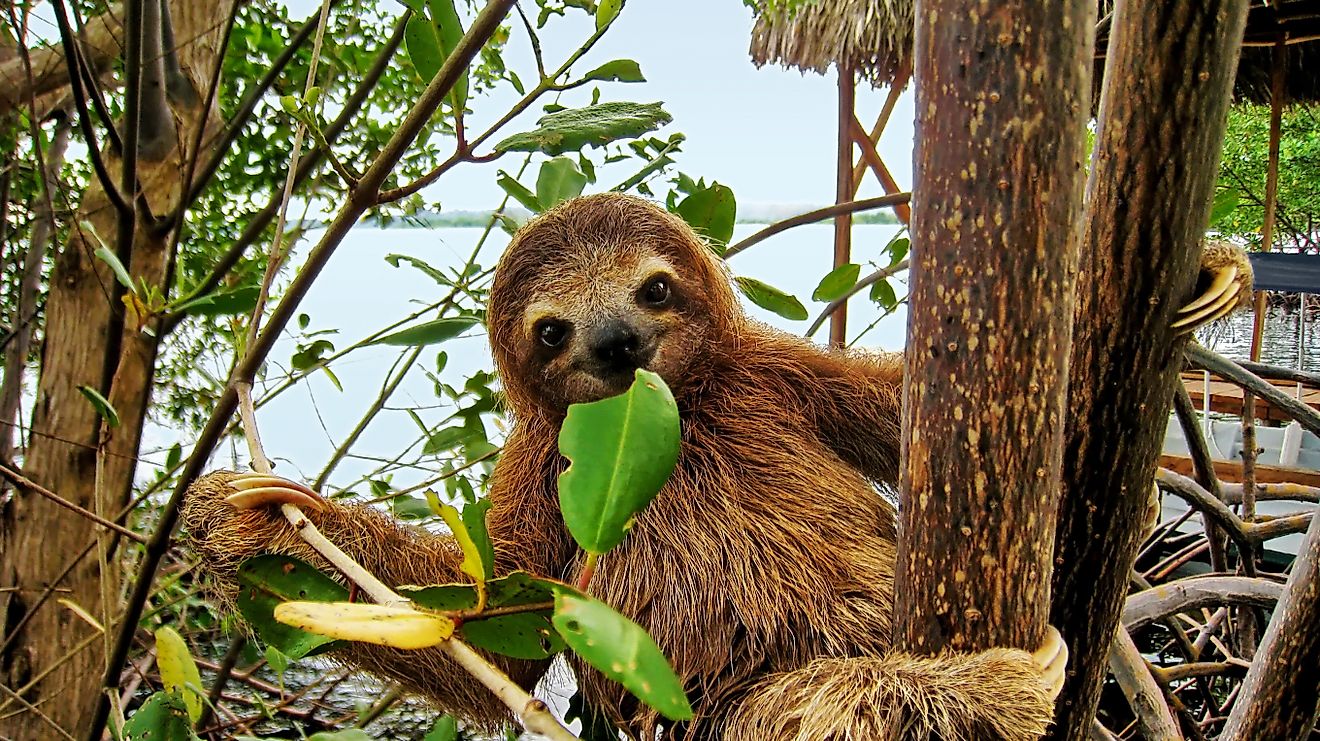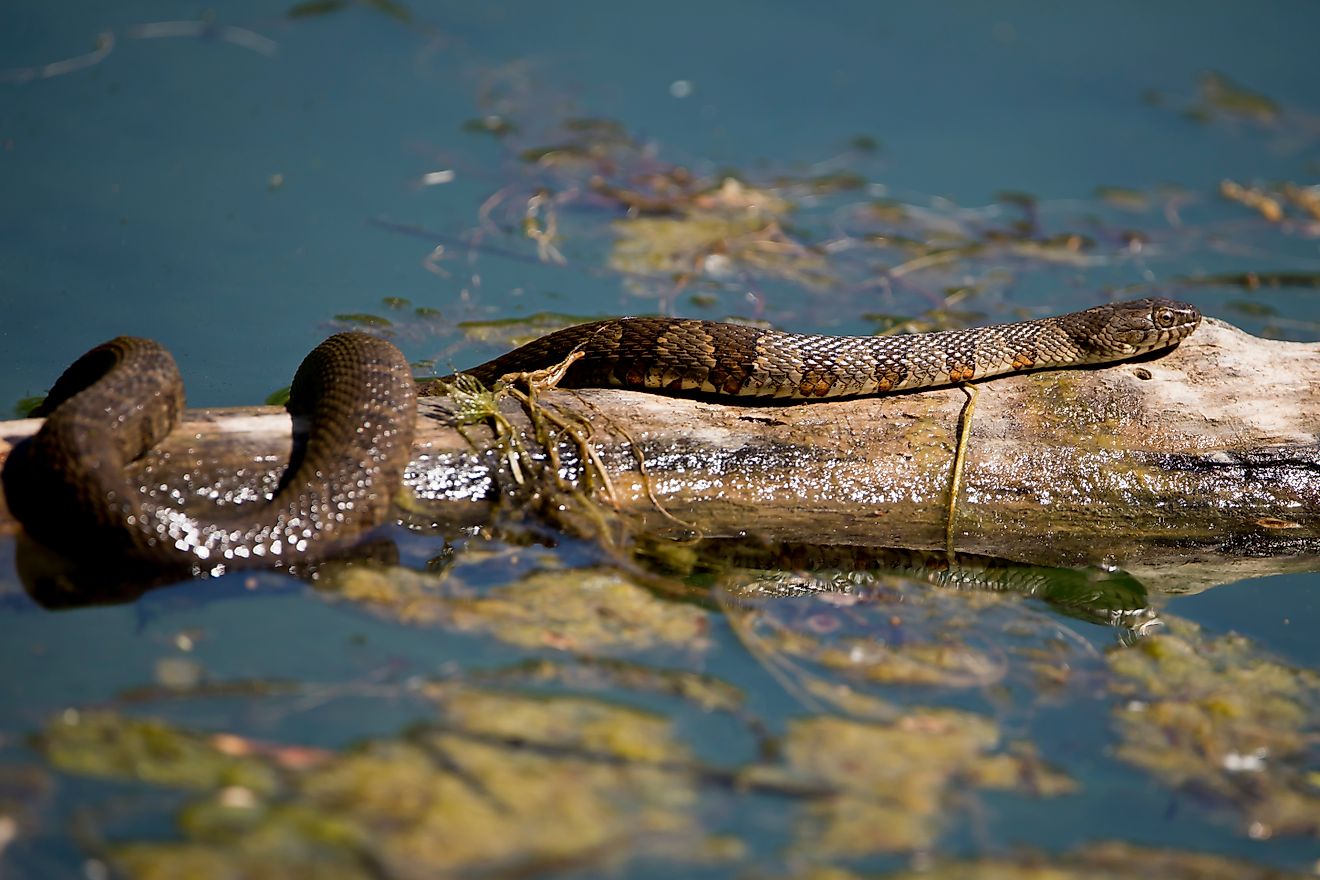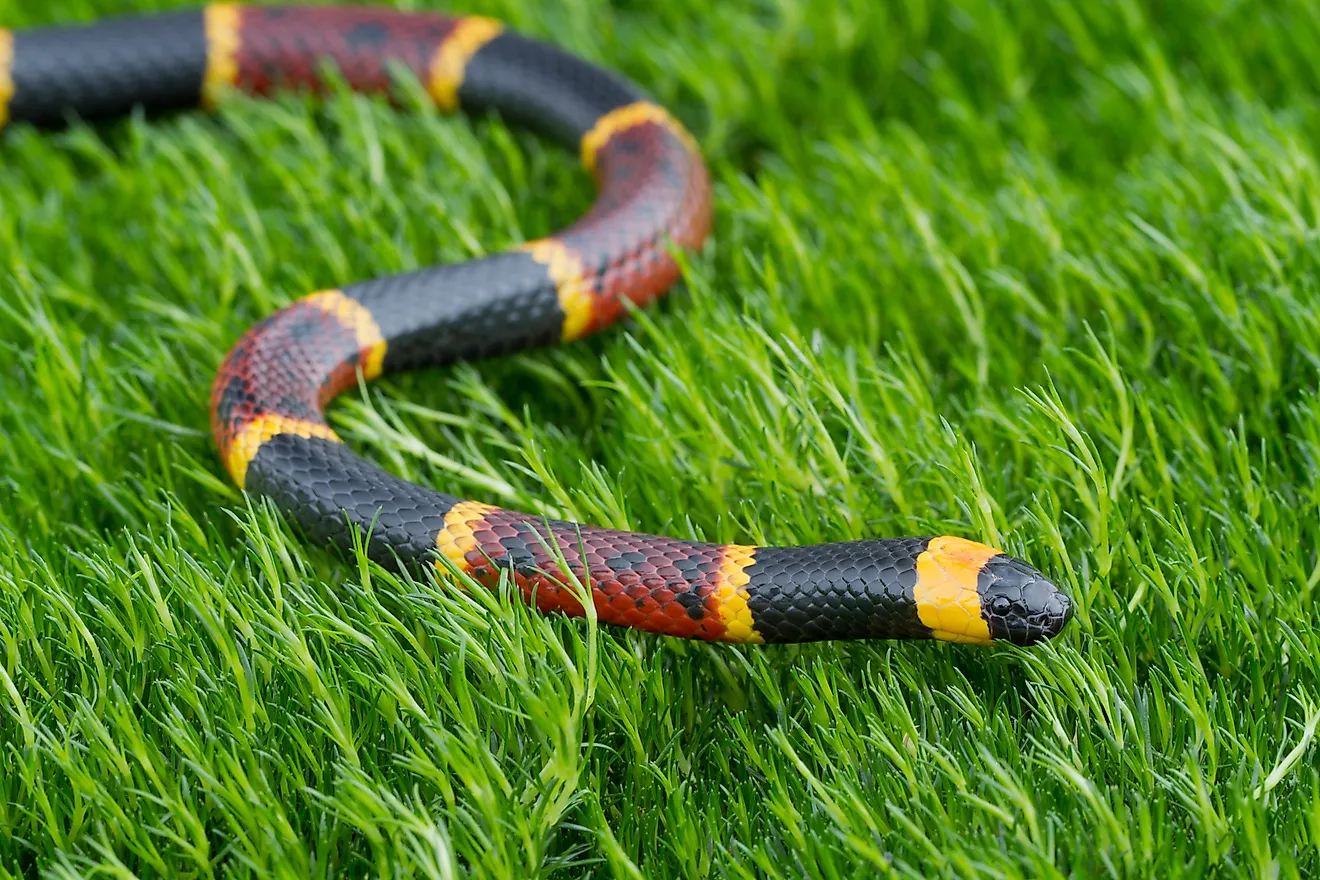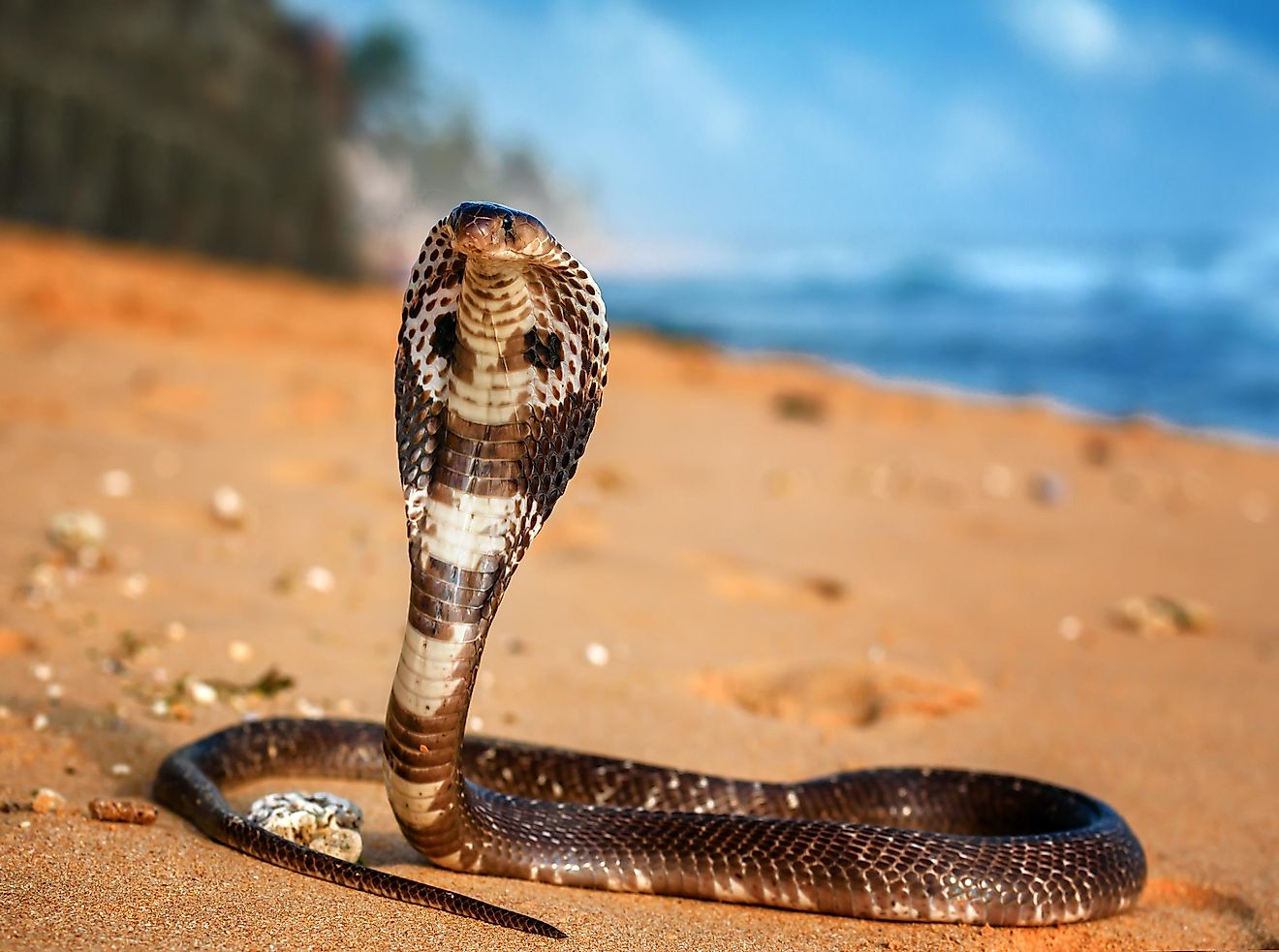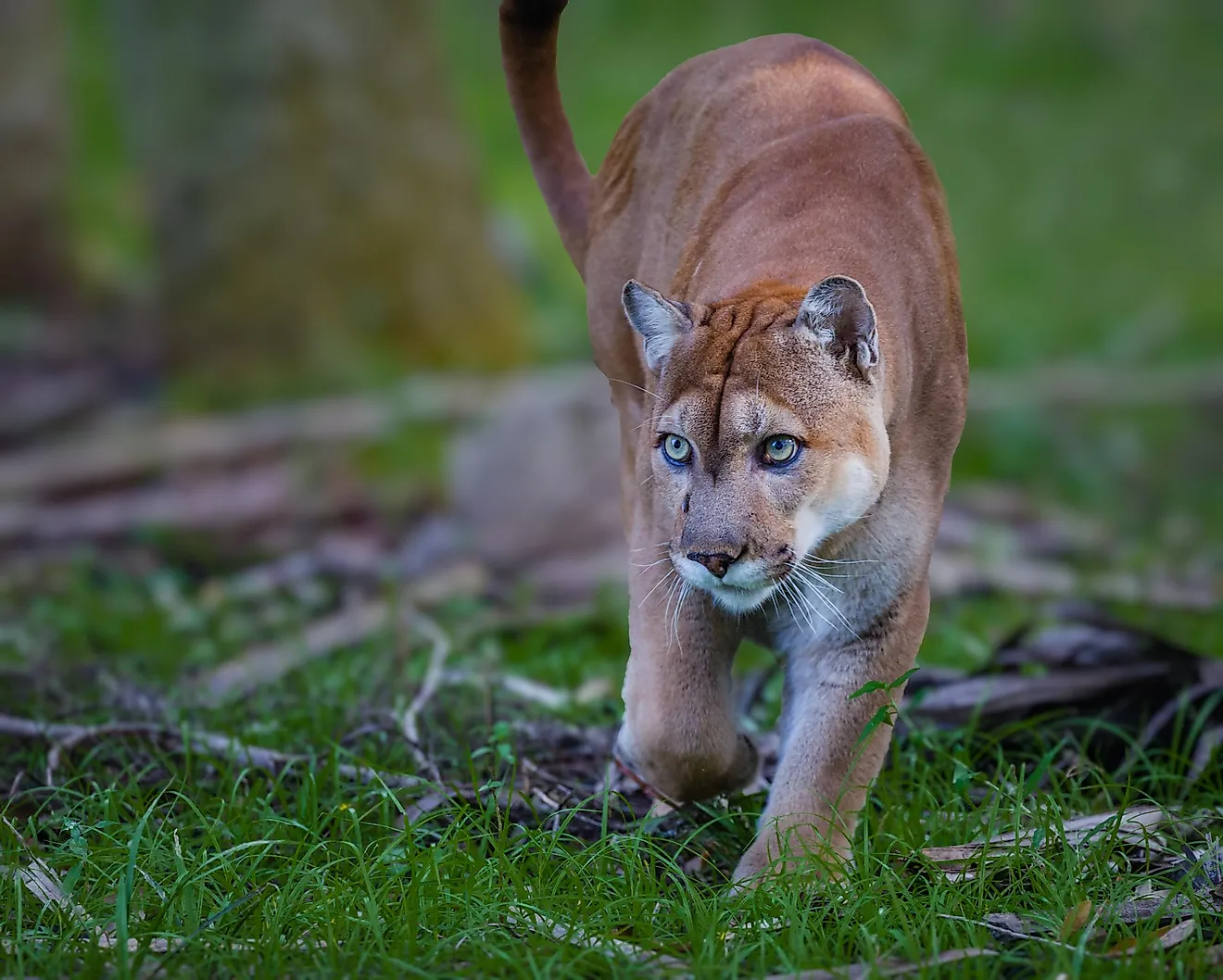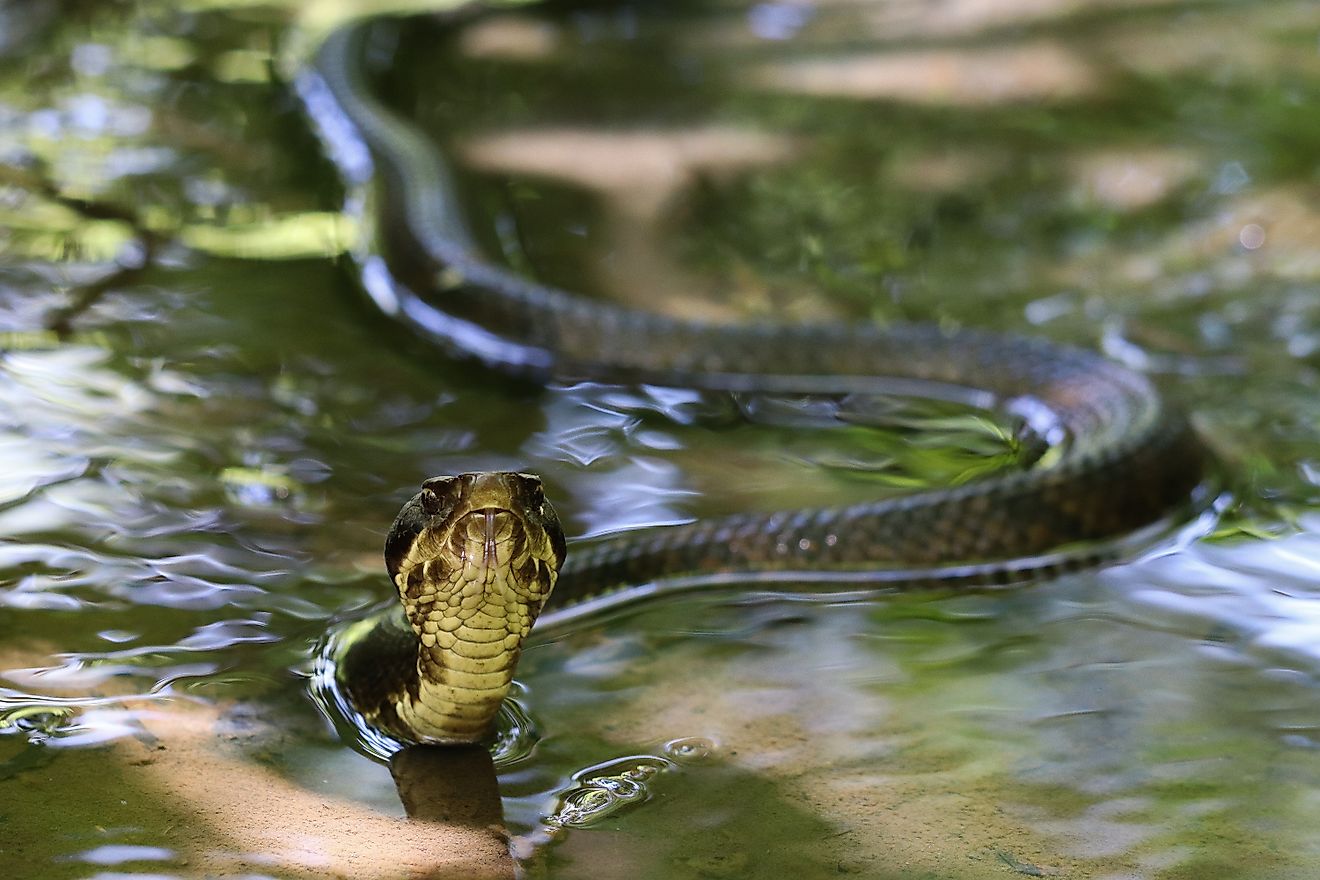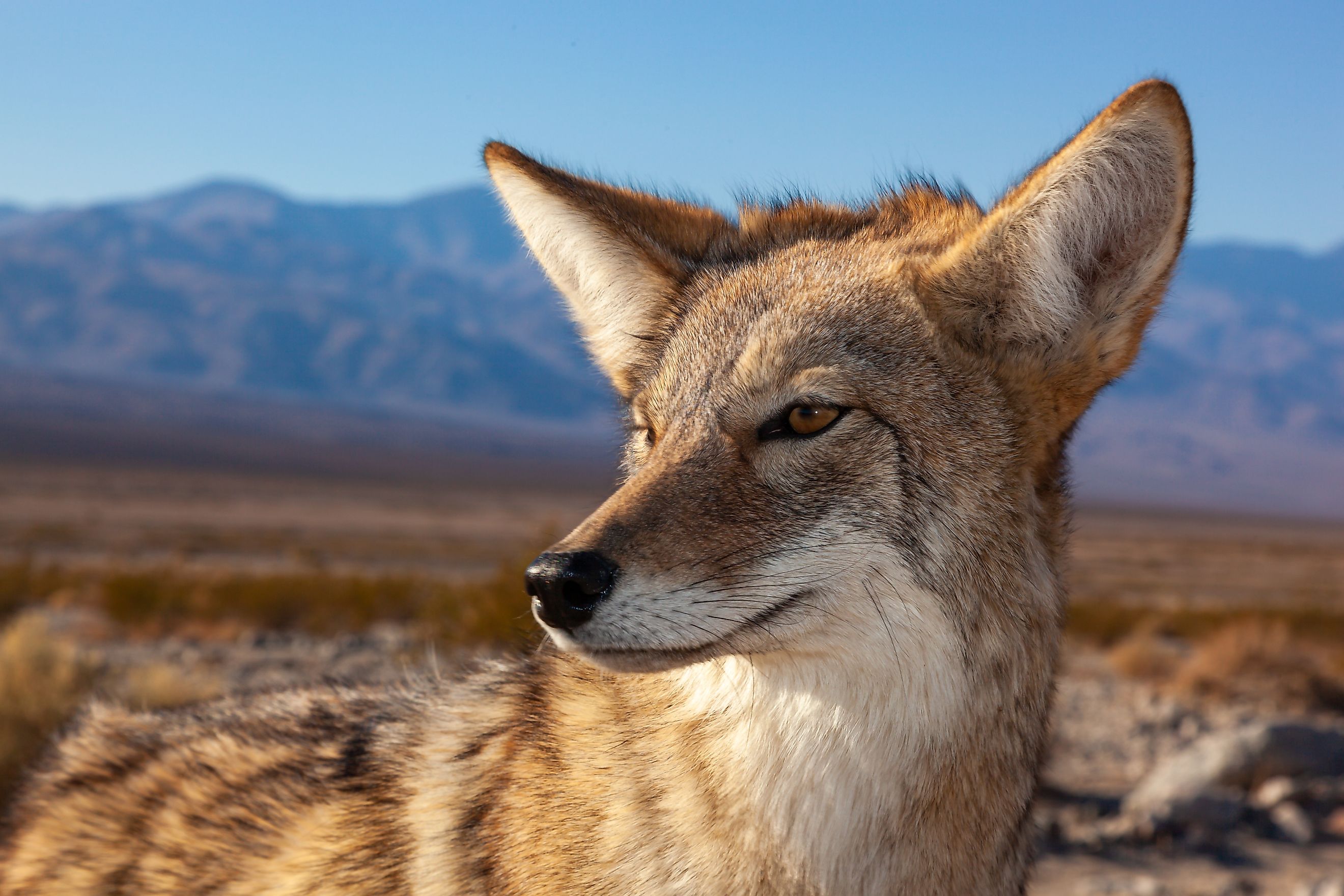
The 12 Deadliest Animals in Illinois
Illinois, known for its vast agricultural lands, bustling cities, and rich history, is also home to a diverse range of wildlife. While many of these creatures contribute positively to the ecosystem, some pose significant risks to humans. Here’s a look at the 12 deadliest animals in Illinois, from venomous snakes to predatory mammals and even some surprisingly dangerous insects. Let’s dive into the wild side of Illinois and explore these formidable creatures.
Timber Rattlesnake
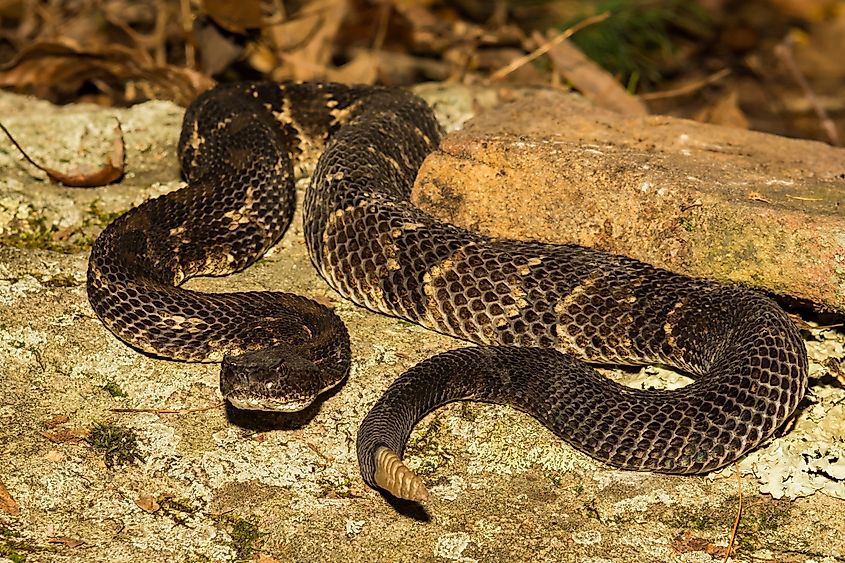
The Timber Rattlesnake is one of the most venomous snakes in Illinois. Found primarily in the southern parts of the state, this snake can grow up to five feet long and is known for its distinctive rattle, which it uses as a warning signal. Its hemotoxic venom can cause severe tissue damage and systemic effects if untreated. Although bites are rare due to the snake’s reclusive nature, they can be deadly, particularly if medical treatment is delayed. Despite their fearsome reputation, Timber Rattlesnakes are shy and avoid human contact whenever possible. They play a crucial role in controlling rodent populations.
Eastern Massasauga Rattlesnake
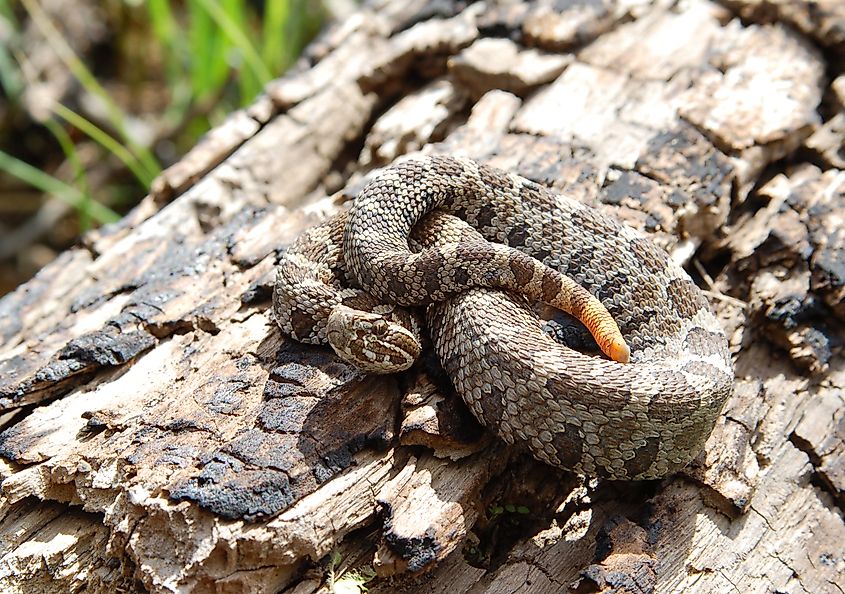
Eastern Massasauga Rattlesnake
The Eastern Massasauga Rattlesnake is another venomous serpent found in Illinois. This small rattlesnake prefers wetlands and is known for its cryptic coloration, which makes it hard to spot. Its venom, while not as potent as that of the Timber Rattlesnake, can still cause significant pain, swelling, and potentially life-threatening reactions. Conservation efforts are underway as this species is considered threatened, but encounters with this elusive snake can be dangerous.
Copperhead Snake
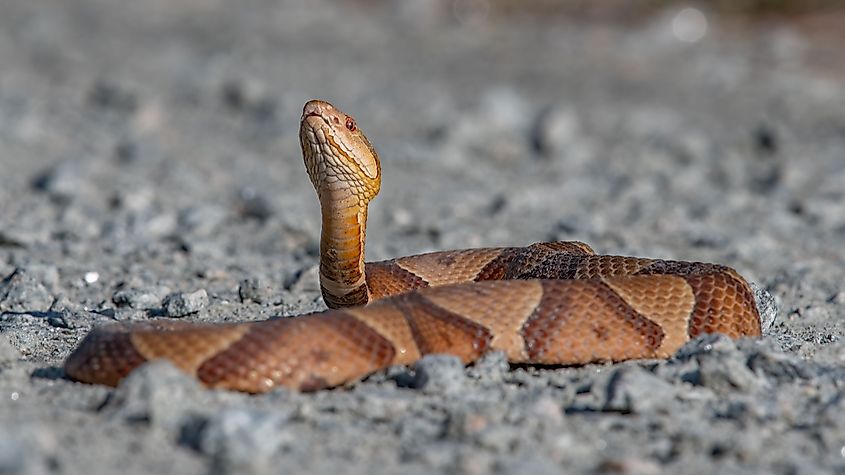
Close-up shot of a Copperhead snake lying on dirt.
The Copperhead Snake, distinguished by its copper-colored head and hourglass-shaped markings, is another venomous snake residing in Illinois. Known for its potent venom, the Copperhead’s bite can be extremely painful and, although rarely fatal, can cause severe medical complications. The snake’s excellent camouflage allows it to blend into leaf litter, increasing the likelihood of accidental encounters.
Black Widow Spider
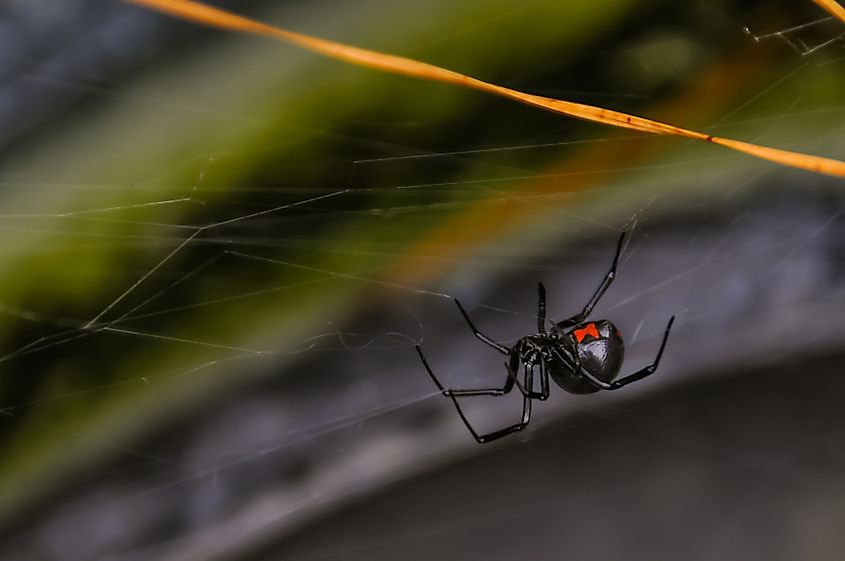
The Black Widow Spider is one of the most venomous spiders in North America, and Illinois is no exception. Recognizable by the red hourglass shape on its abdomen, the Black Widow’s bite can cause severe pain, muscle cramps, and even neurological damage. While fatalities are rare due to the availability of antivenom, the bite’s effects can be long-lasting and debilitating. Only the female Black Widow poses a significant threat to humans. The males are smaller and less venomous.
Brown Recluse Spider
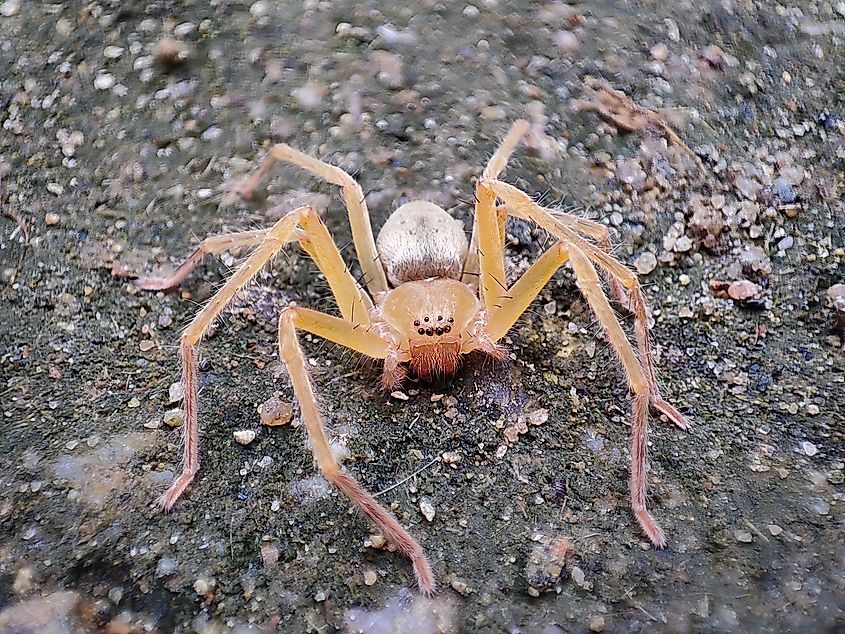
Another dangerous spider in Illinois is the Brown Recluse, known for the violin-shaped marking on its back. Its venom contains necrotic agents that can cause significant tissue damage, leading to severe lesions and, in extreme cases, systemic organ damage. Bites are rare, but prompt medical attention is crucial to mitigate the effects.
Eastern Cottonmouth (Water Moccasin)
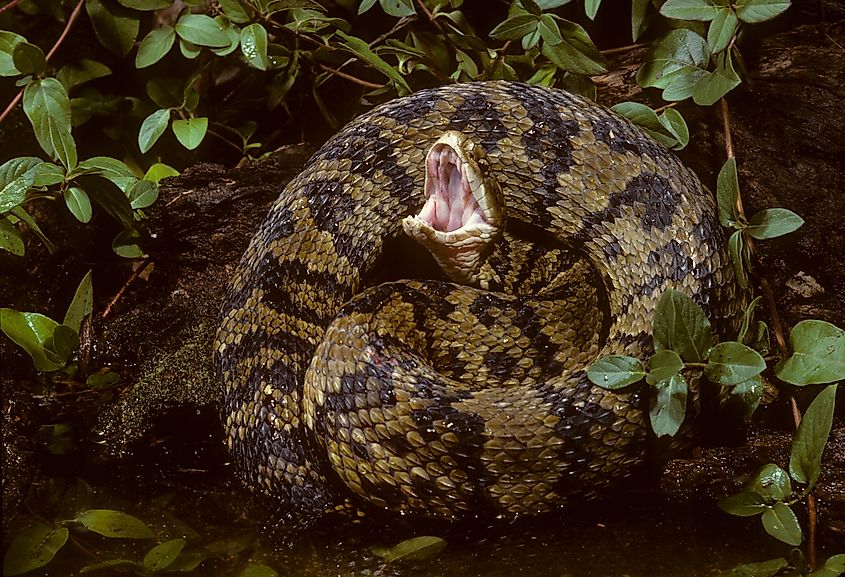
The Eastern Cottonmouth, or Water Moccasin, is a venomous snake commonly found in the swamps and wetlands of southern Illinois. Known for its aggressive behavior when threatened, the Cottonmouth’s venom can cause extensive tissue destruction and systemic effects. Encounters with this snake are dangerous, and bites can be fatal if not treated promptly.
Coyote
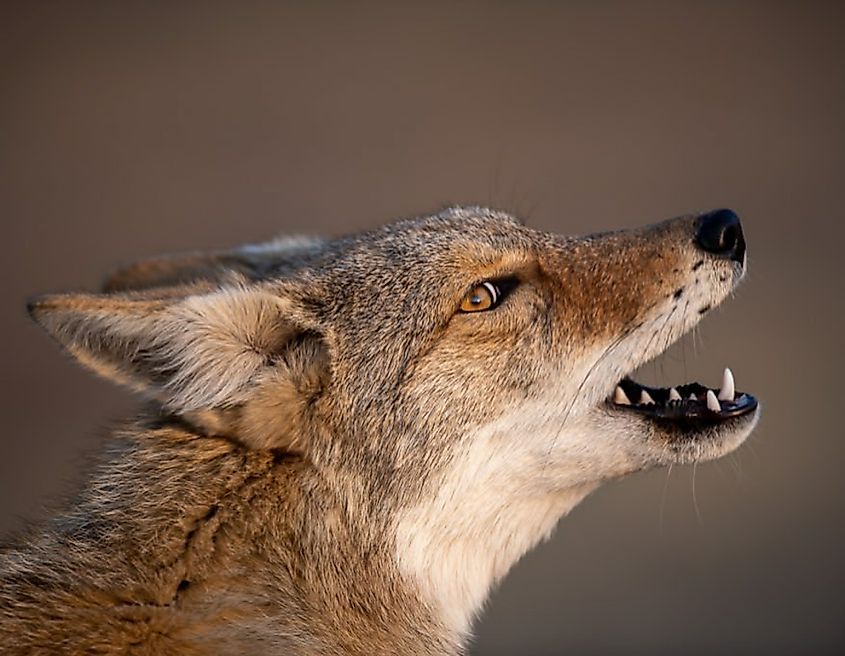
Coyotes are prevalent across Illinois and are known for their adaptability to various environments, including urban areas. While attacks on humans are rare, they can be dangerous, especially to pets and small children. Coyotes are opportunistic feeders and can become aggressive if they feel threatened or cornered.
American Black Bear
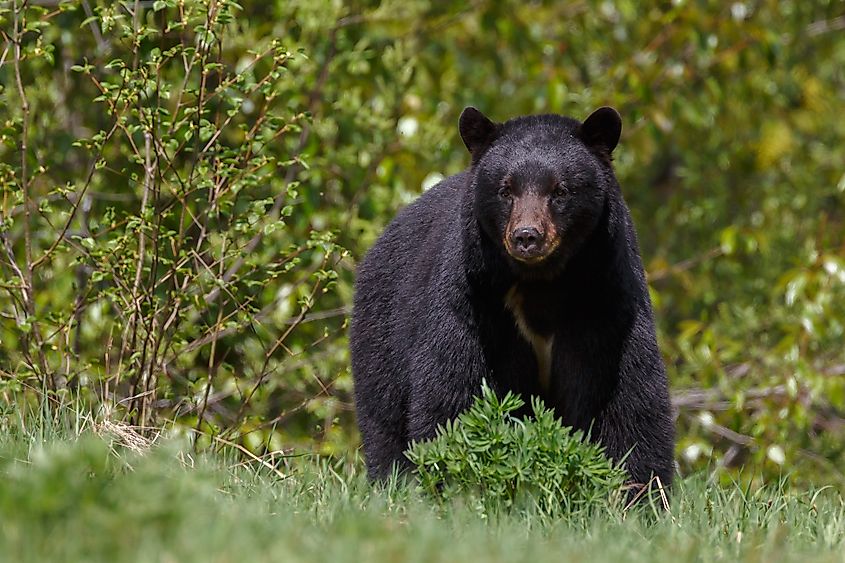
Although sightings are rare, American Black Bears occasionally roam into Illinois from neighboring states. Generally not aggressive towards humans, black bears can be dangerous if they feel threatened, particularly if a human comes between a mother bear and her cubs. Their size and strength make them formidable, and attacks, though infrequent, can be fatal. Black bears have an incredible sense of smell, estimated to be seven times stronger than a bloodhound’s. This sense helps them find food but can also lead them into human habitats.
Deer (White-tailed Deer)
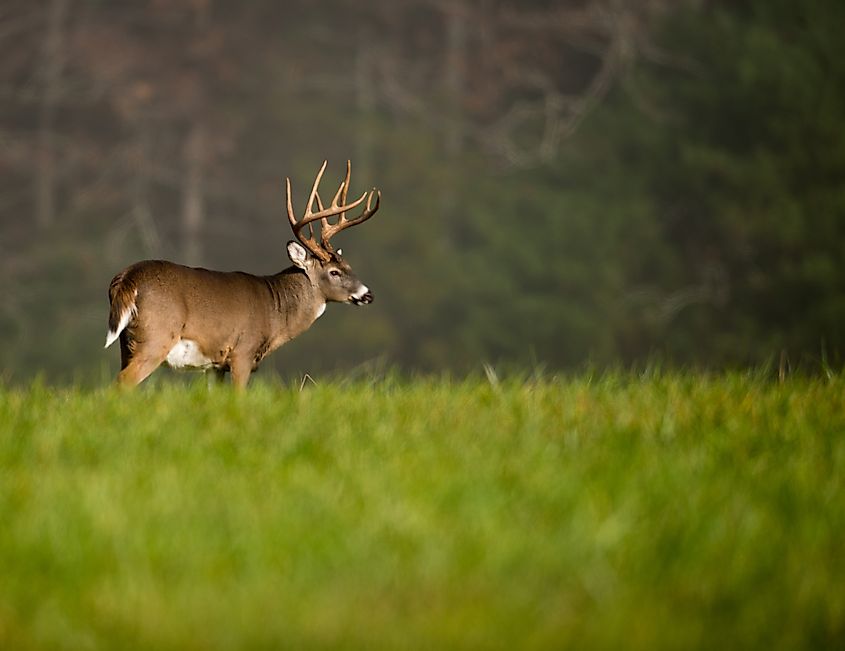
Surprisingly, White-tailed Deer pose a significant danger in Illinois, primarily due to vehicle collisions. Deer are most active during dawn and dusk, and their sudden appearances on roadways can lead to severe accidents, resulting in injuries or fatalities for both the deer and the vehicle occupants. During mating season, bucks can also become more aggressive, posing a threat to those who venture too close.
Mosquitoes
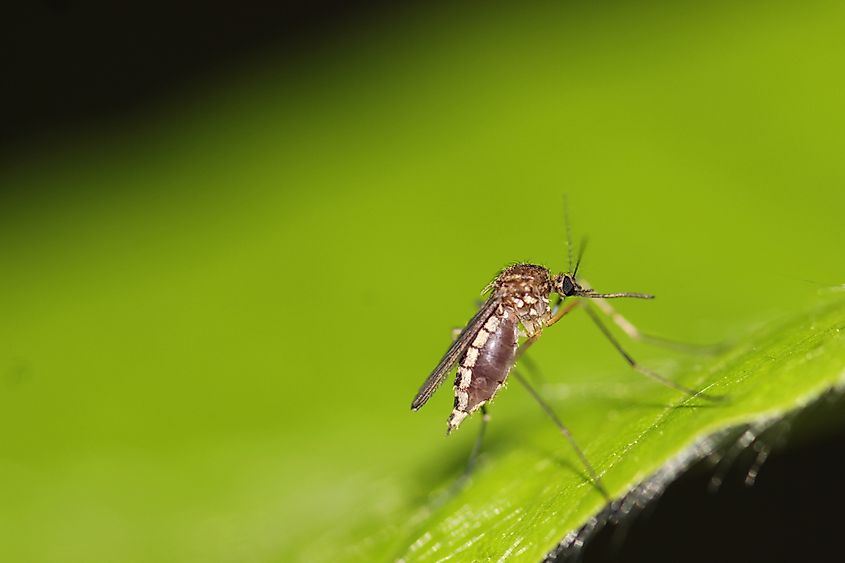
While mosquitoes themselves are not deadly, they are vectors for various diseases that can be fatal. In Illinois, mosquitoes are known carriers of West Nile Virus, which can cause severe neurological disease and death in humans. Preventative measures, such as using insect repellent and eliminating standing water, are essential to reduce the risk of mosquito-borne illnesses.
Ticks
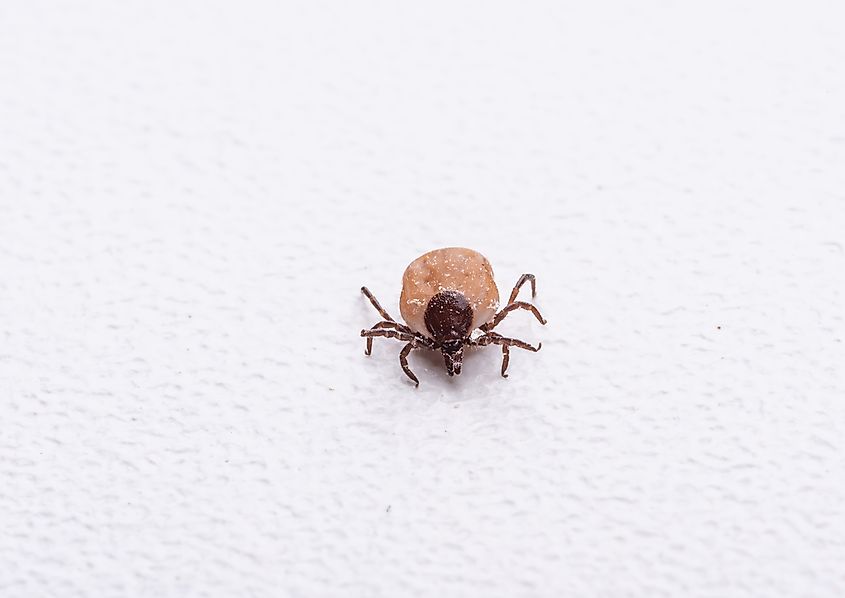
Ticks are another small but deadly creature in Illinois, primarily because they transmit diseases like Lyme disease and Rocky Mountain spotted fever. These diseases can cause severe health complications, including neurological damage and, in some cases, death if not treated promptly. Regular checks and proper removal techniques are crucial to avoid tick-borne illnesses.
Bats
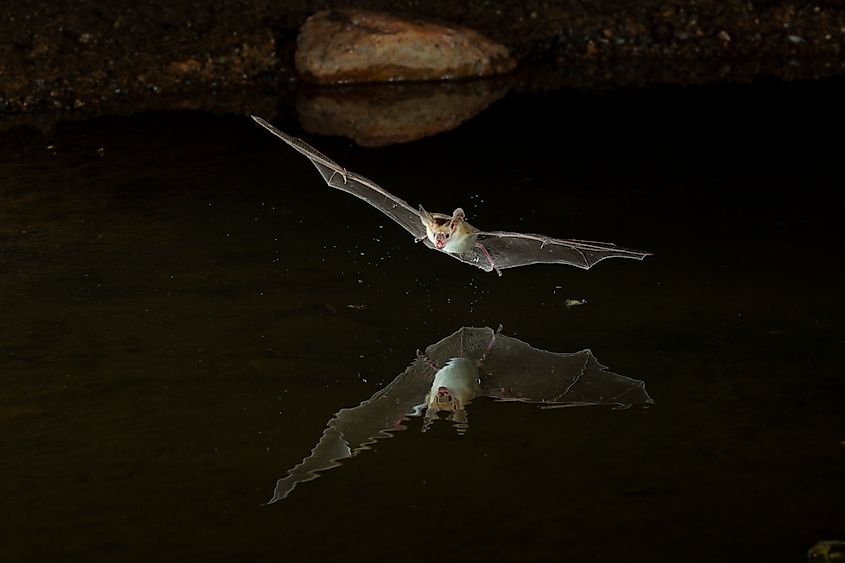
Bats in Illinois, while beneficial for controlling insect populations, can carry rabies, a deadly viral disease. Human cases of rabies from bat bites are rare, but when they do occur, they are almost always fatal if not treated immediately with post-exposure prophylaxis. Ensuring that bats do not roost in homes and seeking immediate medical attention if bitten are key preventive measures.
Thrilling Encounters and Safety Measures
Living in Illinois means coexisting with a variety of wildlife. While the chances of encountering these dangerous animals are relatively low, being aware of their presence and knowing how to react can significantly reduce the risk of injury or death.
Tips for Staying Safe
1. Stay Alert in Nature: When hiking or spending time outdoors, be vigilant and watch for signs of snakes, spiders, and other wildlife. Wear protective clothing and sturdy shoes.
2. Avoid Provoking Wildlife: Many animals attack when they feel threatened. Give wildlife plenty of space and do not attempt to feed or interact with them.
3. Use Insect Repellent: To prevent bites from mosquitoes and ticks, use insect repellent, wear long sleeves and pants, and perform regular checks, especially after being in wooded or grassy areas.
4. Drive Carefully: Be particularly cautious when driving during dawn and dusk to avoid collisions with deer. Slow down and use high beams when safe to increase visibility.
5. Secure Your Home: Ensure that bats cannot enter your home by sealing entry points and installing screens. If you find a bat inside, contact animal control for safe removal.
6. Seek Immediate Medical Attention: If bitten or stung by any of these dangerous animals, seek medical attention immediately. Early treatment is crucial for the best outcomes.
Illinois, with its diverse wildlife, is home to some animals that can pose significant risks to humans. From venomous snakes and spiders to larger mammals and disease-carrying insects, awareness and precaution are essential for coexisting safely with these creatures. While encounters with these deadly animals are rare, understanding the risks they pose can help residents and visitors stay safe.
Always seek immediate medical attention if bitten or stung by any of these animals, and take preventive measures such as using insect repellent, being cautious in snake habitats, and driving carefully in deer-populated areas. The rich biodiversity of Illinois adds to its natural beauty, but respecting and understanding the dangers is crucial for enjoying it safely.
By understanding and respecting these formidable creatures, you can enjoy the natural splendor of Illinois while staying safe and informed.



